Texture play: adding depth with diverse materials and finishes
In the vast world of interior design, the magic truly begins when we delve into the nuanced realm of texture. It’s the unsung hero that transforms mere spaces into deeply engaging environments. We often overlook how our surrounding textures influence our emotional and physical interaction with a room. As we explore the intricate dance of textures and finishes, let’s uncover how these elements play a pivotal role in designing spaces that captivate the senses and resonate with our innate desire for depth and dimension. Whether it’s the tactile allure of stone, the warm embrace of wood, or the intricate patterns that adorn our surfaces, each layer adds a unique story to our interior narratives.
Unveiling the Power of Texture in Design
Stepping into a new space, the first thing we notice, often unconsciously, is its texture. Be it the smooth finish of a polished surface or the rough embrace of a rustic wood beam, each texture invokes a distinct feel. In interior design, the power of texture lies in its ability to communicate emotion and intent without uttering a single word.
Textures are more than mere visual elements; they are storytellers. They engage our senses and impact our perception of a room’s atmosphere. Consider a room with sleek, modern finishes and minimalistic furniture. Now, imagine the same room with the addition of a plush velvet couch or a hand-knitted throw. The textured elements add an immediate sense of warmth and comfort, transforming the space from stark to inviting.
Materials like wood, stone, and metal each bring their own textures. The grain of reclaimed wood can add an element of history and character. Polished stone surfaces can give a room a sense of luxury and sophistication. By choosing materials thoughtfully, we create depth and ensure our spaces leave a lasting impression.
In our quest to create engaging spaces, it is crucial to balance various textures. Overwhelming a room with multiple textures can feel chaotic, while too few can make it appear sterile. The key lies in harmonizing textures to provide a cohesive and inviting experience.
The Art of Blending Textures
As we navigate the fascinating world of interior design, mastering the art of blending textures becomes essential. To create a balanced and harmonious space, we must carefully choose and combine materials to tell a unified story.
Begin with a primary texture—one that will serve as the foundation of your design. Whether it’s the smooth finish of a wood floor or the rugged beauty of exposed brick, the primary texture sets the tone. From there, we can layer additional textures to add complexity and interest.
A key strategy is the interplay of contrast and complement. Pair the hard with the soft. For example, offset the cold, sleek feel of metal finishes with the warmth of a woolen rug. The juxtaposition creates a dynamic visual effect, drawing the eye and inviting touch.
Patterns also play a pivotal role in texturing. Incorporating patterns in your furniture or accents can enhance or contrast your existing textures. A geometric rug can bring structure to an otherwise organic space, while floral cushions can soften angular lines.
Lighting further elevates the texture interplay. Strategic lighting can highlight the grain of wood, the sheen of polished concrete, or the intricate design of embossed wallpaper.
Remember, the beauty of texture lies in its variety. By blending textures with intention, we forge spaces that are not only aesthetically pleasing but also emotionally engaging. Textures give our design the power to convey mood, personality, and style.
Textures and Materials: A Symphony of Finishes
In the world of interior design, the selection of materials plays an instrumental role in defining the textures that shape our spaces. From sleek metallic surfaces to earthy stone finishes, the array of available materials allows us to orchestrate a stunning symphony of finishes.
The first movement in this symphony is natural materials. Wood is a timeless favorite, prized for its versatility and warmth. Whether it’s the polished elegance of mahogany or the rustic charm of oak, wood’s textures tell tales of nature and resilience. Similarly, stone adds a sense of permanence and grandeur. Marble, with its smooth, cool surface, introduces an air of sophistication, while rough-hewn stone brings authenticity and earthiness.
Next, we introduce man-made materials. Glossy lacquered surfaces, often found in modern cabinetry, offer a visual contrast to softer elements. Stainless steel, with its sleek, industrial appeal, can create a seamless, ultra-modern look. These textures infuse a space with energy and drive, reflecting a design ethos of innovation and precision.
Yet, to truly add depth and character, we must consider the role of layers. Incorporating textures through soft furnishings—think velvet cushions, woven throws, or leather-bound books—adds a tactile richness to our spaces. These layers invite interaction, drawing people in to touch, feel, and engage.
By harmonizing textures and materials, we elevate our design into an art form. Textures become the language through which our spaces speak to us, offering comfort, intrigue, and inspiration. Our design journey is one of exploration and discovery, revealing the power of textures to shape our environment and our experience.
As we journey through the realm of textures and finishes, it becomes abundantly clear that they are far more than mere decorative elements. Textures breathe life into our spaces, offering depth, character, and emotion. Through each touch, we connect with our surroundings in ways that are both profound and personal.
Creating a room that resonates requires a delicate balance—a symphony of materials harmoniously blended to produce an environment that captivates the senses. Whether it’s the timeless allure of wood, the rugged authenticity of stone, or the sleek charm of modern finishes, each texture contributes to the overall narrative of our space.
As designers, it is our privilege and responsibility to harness the power of textures to craft interiors that reflect the unique stories of those who inhabit them. Our exploration of materials and finishes opens up a world of possibilities, allowing us to design rooms that are not only visually appealing but also emotionally resonant.
In closing, let us remember the endless potential of texture play. By daring to blend, contrast, and layer, we unlock the true magic of interior design—a world where every surface tells a story, and every texture invites exploration.
FAQ
What is the concept of texture play in interior design?
Texture play involves the strategic use of different materials and finishes in a space to create visual interest and depth. By combining smooth, rough, shiny, and matte surfaces, designers can add layers and complexity to a room’s aesthetic.
How can I incorporate diverse materials into my home decor?
Start by mixing and matching different materials such as wood, metal, glass, and fabric. For instance, pair a sleek leather sofa with a rustic wooden coffee table or layer a soft wool rug over a polished concrete floor to create contrast.
What are some tips for using finishes to add depth to a space?
Utilize a mix of finishes like glossy, matte, and textured surfaces. For instance, a high-gloss paint on the walls can be contrasted with matte finish furniture. Incorporating metallic accents such as brass or copper can also add a reflective quality that enhances depth.
How do textures affect the overall mood of a room?
Textures can greatly influence the atmosphere of a room. Soft, plush fabrics can create a cozy and inviting environment, while sleek and smooth surfaces may evoke a more modern and minimalist feel. Balancing these elements can help achieve the desired mood.
Can you provide examples of texture combinations that work well together?
Certainly! A velvet sofa paired with a woven wool throw can create a luxurious yet cozy vibe. Similarly, a glass coffee table on a jute rug offers a blend of sleek and natural textures, creating an interesting focal point in the room.
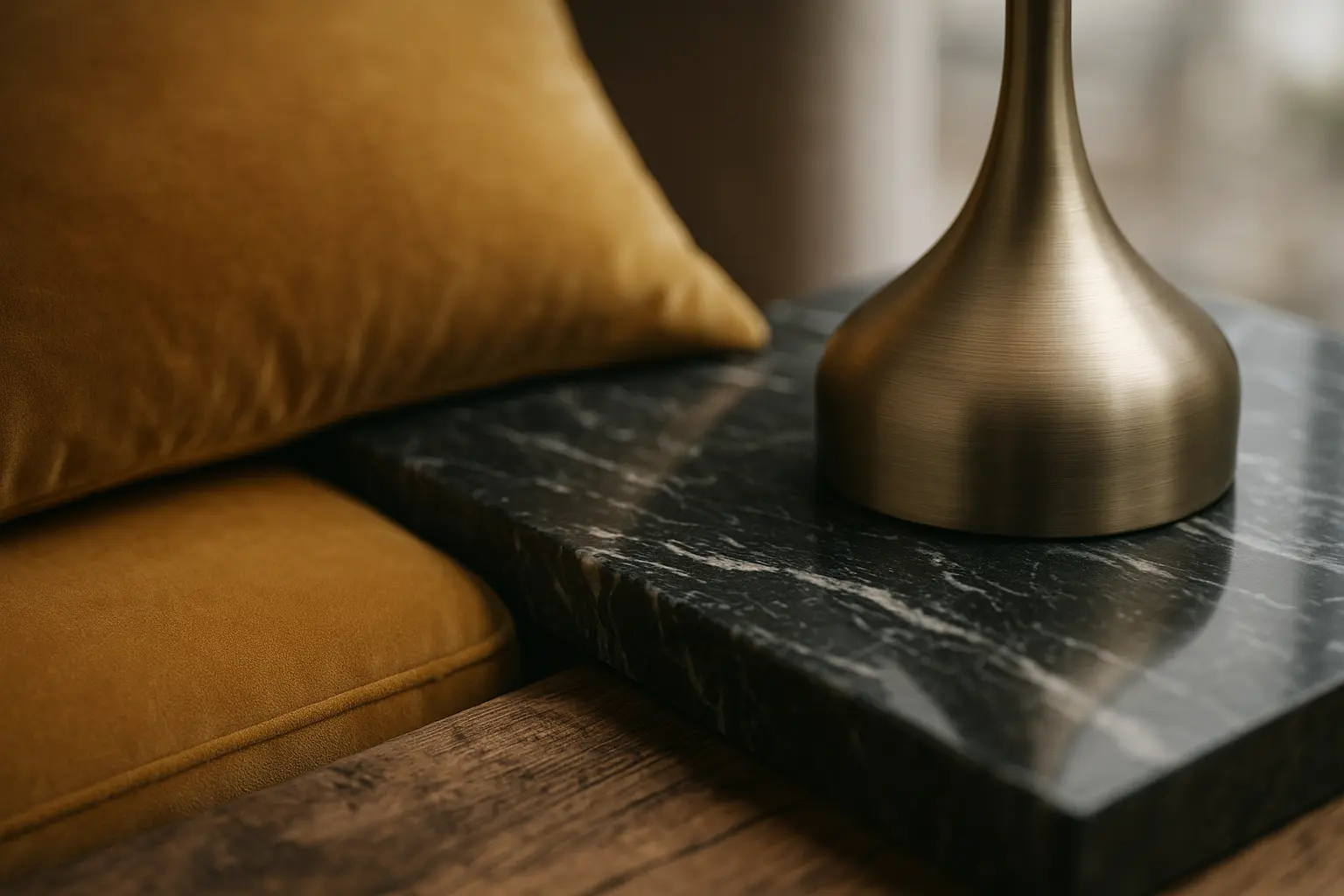
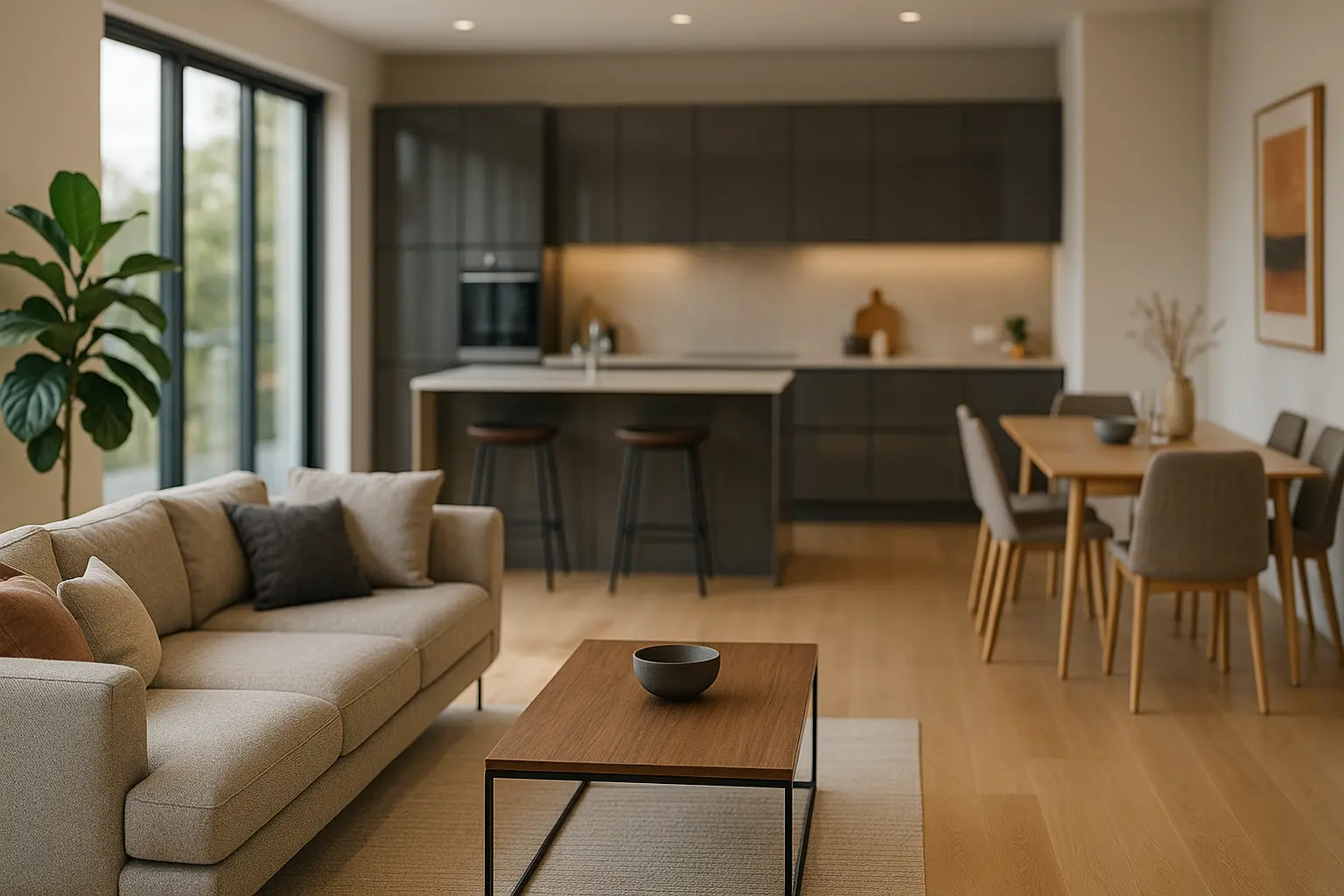
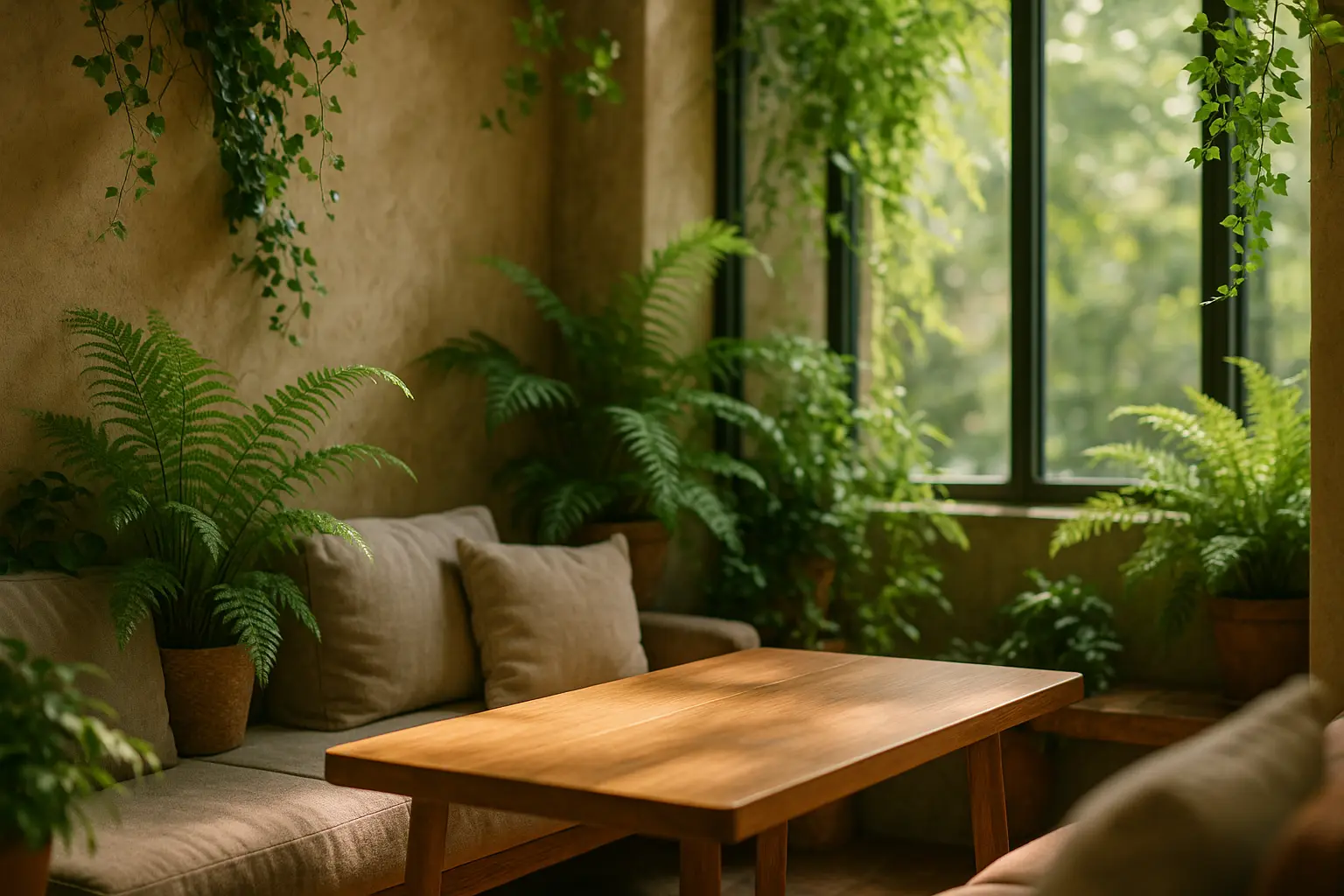
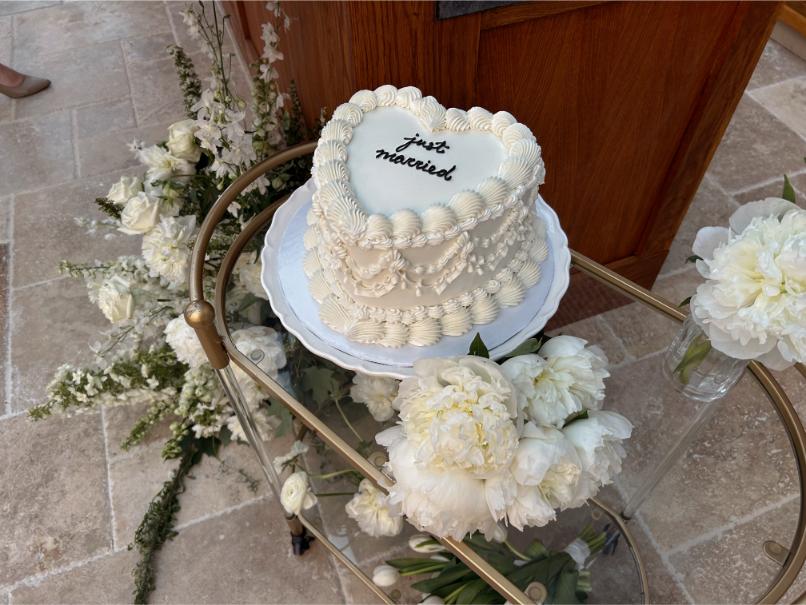
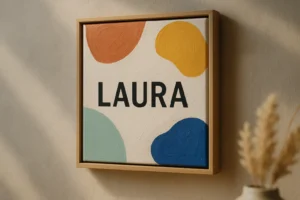

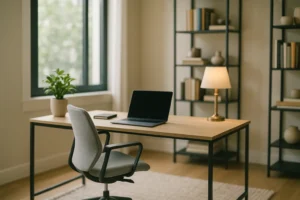

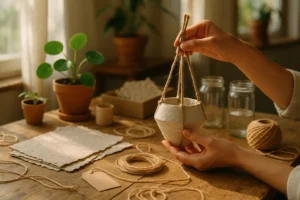

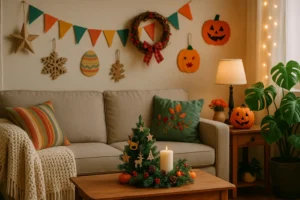

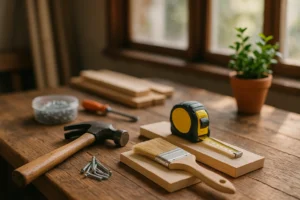

Post Comment